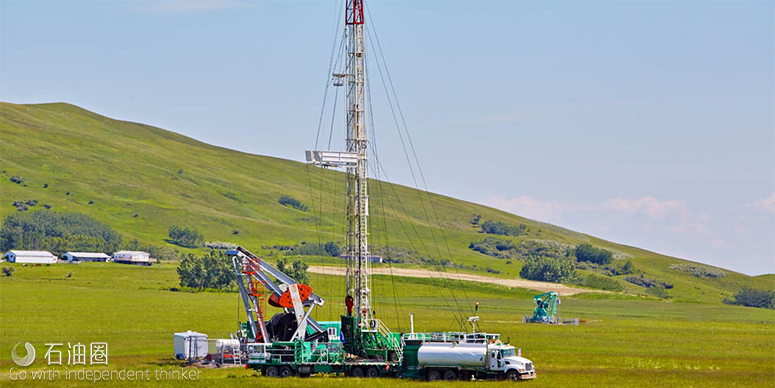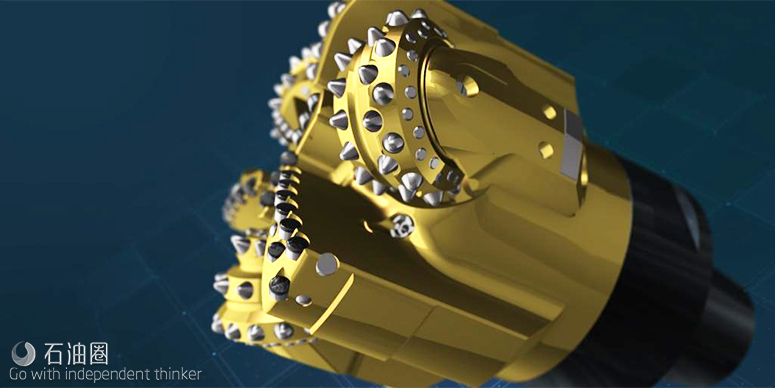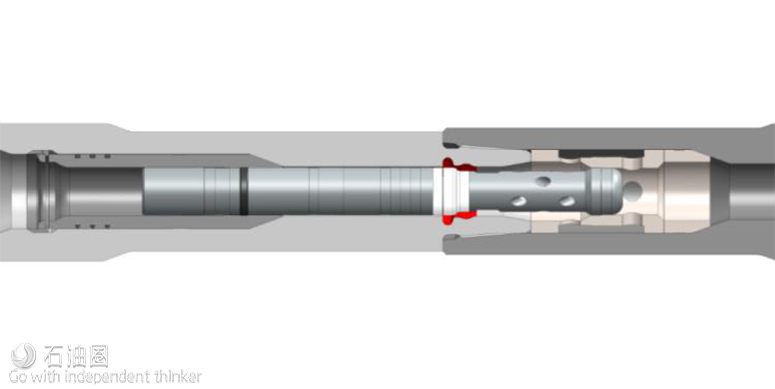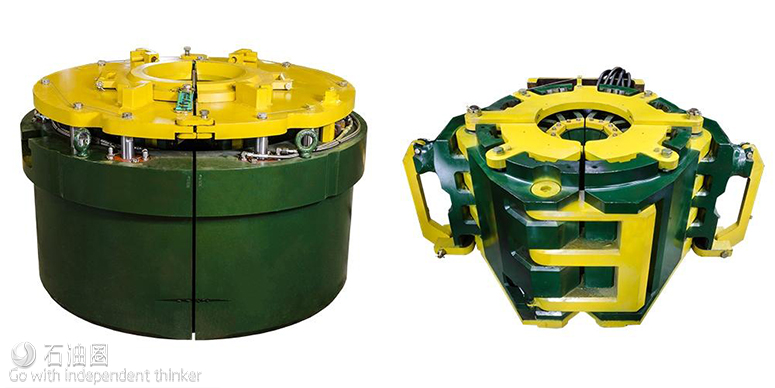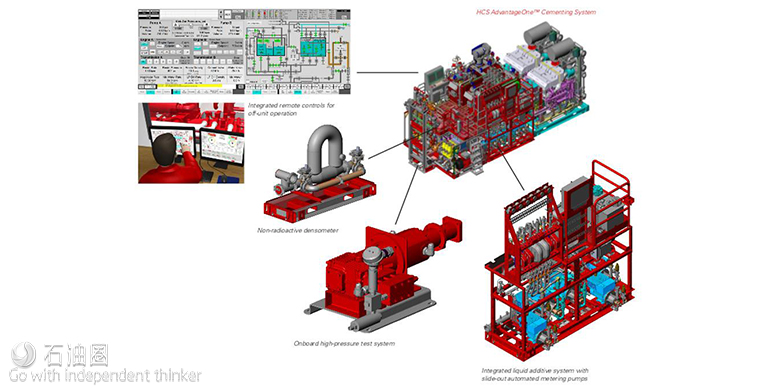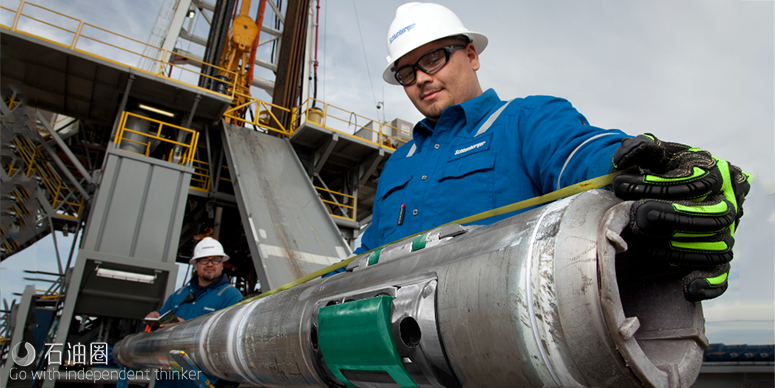Best of 2017: Drilling, Cementing Technologies Recognized For Innovative Designs
(1)Kymera XTreme
The Baker Hughes, a GE company, Kymera XTreme hybrid drillbit was designed with difficult drilling environments such as hard and abrasive carbonates and interbedded formations in mind. The bit’s design combines the shearing action and speed of polycrystalline diamond compact (PDC) bits with the stability control of tricone bits. This hybrid design allows the roller cone to precrush the rock, weakening the formation and allowing the PDC portion to improve upon shearing aggressiveness over conventional bits while minimizing vibrations with fewer downhole tool failures.
(2)HyPR HoleSaver
Churchill Drilling Tools’ HyPR Hole- Saver cuts costs significantly by enabling operators to free stuck pipe in a few hours instead of using traditional methods. The system consists of a robust full-strength sub that is strategically positioned in the drillstring for maximum effectiveness. When a stuck-pipe situation occurs, the tool is activated by pumping down a HyPR HoleSaver dart that directs a precise and powerful milling jet at velocities of more than 91 m/sec (300 ft/sec) to sever the HyPR HoleSaver sub. The dart takes only a few minutes to arrive, and with about two hours of pumping, the sub will part easily, producing a perfect fish-neck for subsequent operations.
(3)Combination Drillpipe/ Casing Spider & Elevator
Offshore drilling wells have adapted in response to increasing reservoir depths, becoming more complex and expensive to develop. Operators require innovative technical solutions to facilitate drilling and completions at depths reaching 9,144 m (30,000 ft) or more while minimizing cost and mitigating risk. The Frank’s International Combination Drillpipe/Casing Spider & Elevator provide a solution to these complex challenges. Traditionally, tubular handling tools are designed to run either casing or drillpipe, which necessitates a time-consuming and dangerous tool-and-bail swap-out when attempting to land casing strings. This technology, however, can run both casing and drillpipe without changing any components, and forthcoming iterations will add drilling/tripping operations capability. By eliminating an equipment swap, these tools deliver cost assurance and enhance operational safety. Omitting the casing-to-drillpipe transition simplifies procedures, minimizes manual handling of tools and requires less rig floor equipment and fewer rig hands in the red zone—all reducing risk exposure and improving drilling efficiency. In addition, the wellbore is not left open for extended periods of time, mitigating the risk of wellbore collapse or other mishaps.
(4)HCS AdvantageOne
The Halliburton HCS Advantage- One offshore cementing system is designed to address the complexities of deepwater and ultradeepwater cementing with the versatility for use in shallow waters. The system is optimized for an optional 20,000- psi manifold to allow work in water depths that exceed the pressure limit of conventional equipment. This system enables remote operations and features a 25-bbl three-compartment configurable RCM IIIr mixing system and an integrated six-pump liquid additive system for precise slurry blending.
(5)PowerDrive Orbit RSS
The Schlumberger PowerDrive Orbit Rotary Steerable System (RSS) was designed to make major improvements in drilling efficiency and steering precision. The noticeable visual difference with the system is the reengineered actuation pads arrayed around the bottom portion of the tool. These improve steerability by maintaining a controlled steering force in the desired direction and inclination. The technology’s motorized configuration achieves and maintains rotation speeds up to 350 rpm for a better drilling performance, representing a 59% increase in rotation speed.

 石油圈
石油圈